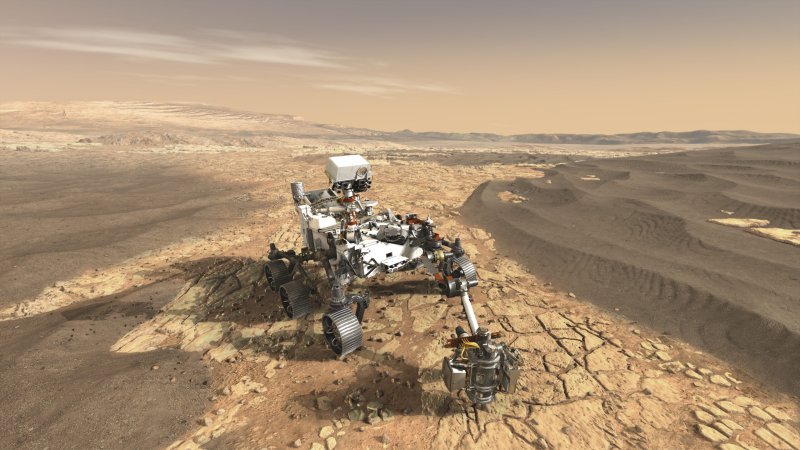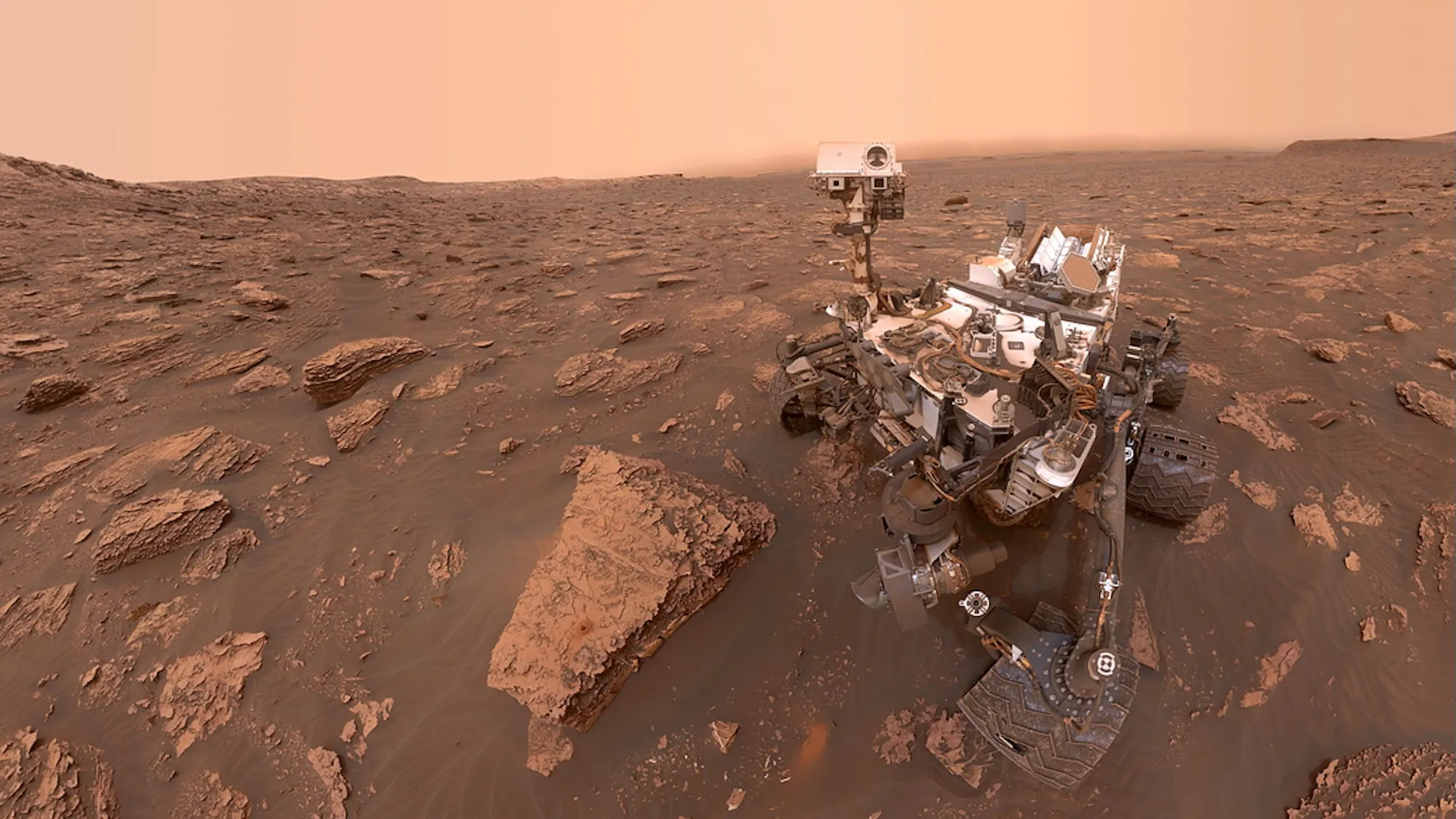NASA’s Curiosity rover has provided groundbreaking evidence confirming the presence of the largest organic molecules ever discovered on Mars. These long-chain compounds, preserved in Martian soil, are believed to be remnants of prebiotic components necessary for life to form.
The discovery, published on March 24 in the Proceedings of the National Academy of Sciences, builds on a decade of research that began when Curiosity started its mission in Gale Crater. Scientists speculate that these molecules could provide crucial insights into Mars’ past habitability and the potential for life beyond Earth.
Yellowknife Bay’s Ancient Lakebed Reveals Clues About Mars’ Habitability and Organic Compounds
Curiosity’s drilling activities in Yellowknife Bay, a region in Gale Crater, began in 2013 with the goal of studying Mars’ ancient environment. This area was chosen because its geological features suggest it was once a large lakebed that dried up millions of years ago.
The soil sample, nicknamed “Cumberland,” has been analyzed multiple times by the rover’s onboard Sample Analysis on Mars (SAM) mini-lab. These studies revealed high levels of clay minerals, sulfur for organic molecule preservation, and nitrates, which are crucial for sustaining life. The presence of methane containing specific biological carbon signatures further supports theories of ancient habitability.

One of the most significant findings from the Cumberland sample was the detection of long-chain organic molecules—decane, undecane, and dodecane. These molecules, containing 10, 11, and 12 carbon atoms respectively, are considered potential remnants of fatty acids, essential for cell membrane formation in biological organisms.
Although geological processes like hydrothermal activity can also produce similar compounds, the chain length of these molecules suggests a possible biological origin. This discovery challenges previous concerns about whether biosignatures could survive Mars’ harsh environment over millions of years.
Evidence of Ancient Life on Mars and the Future of Sample Analysis
The presence of these organic molecules strengthens the case for ancient life on Mars. Lead researcher Caroline Freissinet emphasized that Mars samples could still hold detectable chemical traces of past life if it ever existed. Study co-author Daniel Glavin highlighted that Gale Crater’s lake may have persisted for millions of years, providing ample time for life-forming chemistry to take place.
However, while these findings are promising, Curiosity’s current equipment has limitations, as it cannot detect organic molecules beyond 12-carbon chains. Further exploration and advanced laboratory analyses are needed to confirm the biological origins of these compounds.
NASA aims to take the next major step in Martian exploration by bringing samples back to Earth for in-depth study. A Mars Sample Return mission has long been planned to conclusively determine if life once existed on the Red Planet. However, funding challenges and delays could push this mission as far back as 2040. Despite these hurdles, the discovery of these large organic molecules represents a significant milestone, fueling continued interest in the search for extraterrestrial life and the planet’s geological history.


